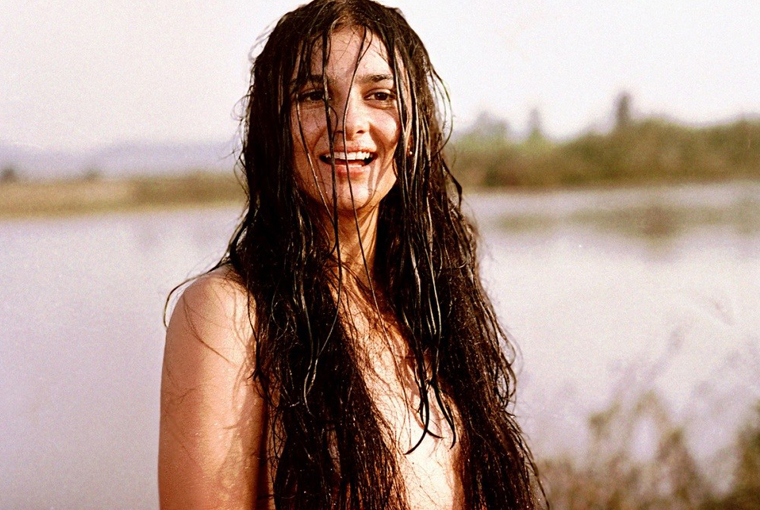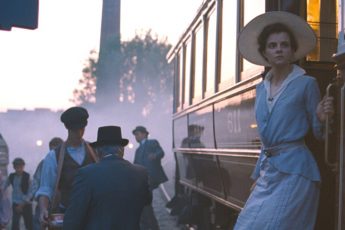Idealization
Emil Loteanu’s Queen of the Gypsies (Tabor ukhodit v nebo, 1976)
Vol. 13 (January 2012) by Ana Ribeiro
The Soviet film Queen of the Gypsies by Emil Loteanu is a Mosfilm production from 1976. Being a film from an “official” studio, one expects conformity with the ideals of the regime at the time. Based on a novel by Maxim Gorki, the film tells the romantic story of a group of gypsies in the end of the 19th century in the Austrian-Hungarian occupied province of Basarabia. In a context where gypsies are marginalized, the film romanticizes the idea of “gypsyhood”, therefore making it palatable for the larger public it is addressed to.
The love story that is central to the film is permeated with clichés concerning gypsies – the men are horse stealers, the women have clairvoyant and special powers. However, gypsies are not represented in a negative manner – they sing and dance beautifully, and music plays an important role in the film. The Austrian-Hungarian elite are the villains; the gipsies are the victims, which just confirms the conformity of the film to official Soviet cinema, since it is the West who is the enemy. The gypsy horse stealer Zobar is the (anti-)hero who falls in love with the clairvoyant and seductive Rada. The nomadism of the group of gypsies is key to the plot, where the men in love are forced to displace in order to find their beloved, who, in turn, do not clearly correspond to their intentions. The film ends in a tragedy, which corroborates its melodramatic mise-en-scene.
Still, what is most interesting about Queen of Gypsies is its history. Though it is a Russian film, it was made by a Moldovan director, and most of the gypsy characters are played by actors of Gypsy origin. This brings up the question of realism versus idealization- the choice of a gypsy cast could be an attempt to bring some kind of realism to the film, but it does not escape idealization. The gypsies are outlaws who – however wonderfully they sing and dance-, are clearly employed against the context of the Elitist Austrian Hungarian enemy.




We got many inquiries that “Basarabia has never been ocupied by the Austrian-Hungarian empire…” Can you please respond.
Correct! I found this information on the cover of the DVD that’s why I had trusted it…. But in the film, Basarabia is also portrayed in a way as if it were under Austro-Hungarian occupation. The ‘confusion’ could thus be explained out of the character’s motivation to find a Western enemy not to insist upon historical accuracy.
“The love story that is central to the film is permeated with clichés concerning gipsies – the men are horse stealers, the women have clairvoyant and special powers.”
I don’t know about horse stealing, but I can attest to the fact that most romani women I came across during my youth were in fact self proclaimed fortunetellers. I’m talking about Eastern Europe between mid 80’s to late 90’s, not 1800’s.
So where’s the cliche? I suppose in today’s climate of political overcorrectness facts get passed as cliches/stereotypes if they are inconvenient.
I live on Finland, Scandinavia; we have largest gypsy population on Scandinavia. – A Lot of people, gypsies included, had more 6th sense seeing about 100 years ago than nowadays, also on 1800-century. Our modern time has reduced those abilities.In my childhood in sixties You met Real clairvoyants, also gypsies ( they Are called: romaani/t in finnish). – The stereotypes in this Film Are not too far because it happens so long time ago. My grandmother saw a lot things, I do too. A lot of people are today self proclaimed voyants, a one that asks you a lot of questions is one, or a person who talks too psychologically etc. A real voyant tells few things without knowing anything of you beforehand.